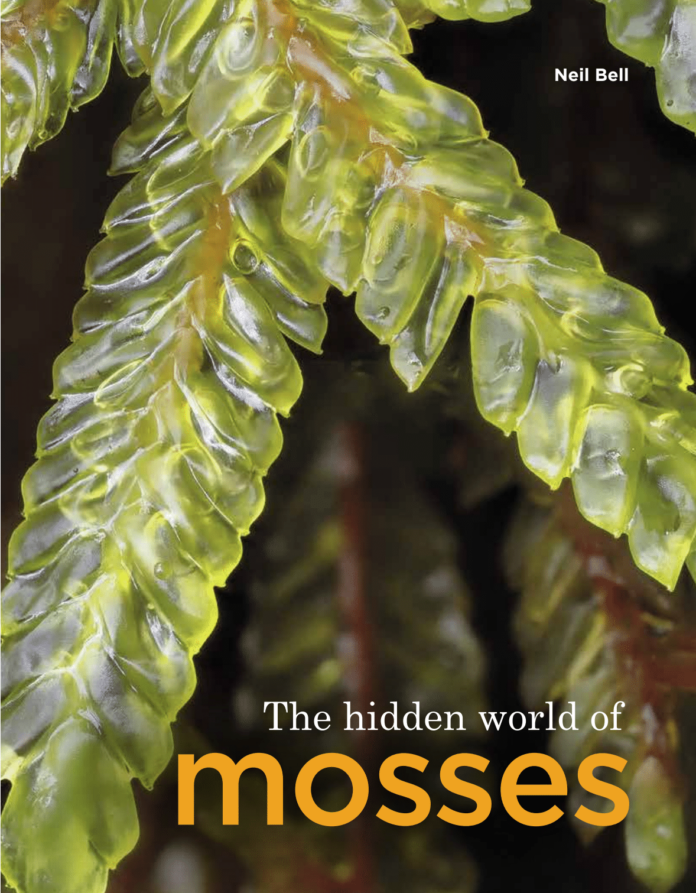Did you know that there are nearly 20,000 different species of mosses and their relatives worldwide with over 1000 in the UK? And did you know that Sphagnum moss is almost wholly responsible for the creation and maintenance of peat bogs, preventing harmful carbon from being released into the atmosphere?
The Royal Botanic Garden Edinburgh will publish The Hidden World of Mosses on March 31, providing an accessible guide to these not-so-humble botanical gems. Written by bryologist Dr Neil Bell, the book presents information about these incredible plants, exploring their tiny, intriguing and diverse environments in detail. This fascinating book also contains hundreds of stunning photographs which reveal the beauty and splendour of moss.
Perhaps the most misunderstood and misrepresented of all groups of organisms, moss is often thought of as unattractive and unremarkable, but nothing could be further from the truth. Mosses and their relatives (liverworts and hornworts) are found in almost every part of the world, from lush forests to rocky mountains tops and from city centres in the tropics to Antarctic tundra. Mosses are critical to the planet – if they ceased to exist tomorrow the world would be in a lot of trouble.
Examining the many different types of moss, including those found in the UK and internationally, The Hidden World of Mosses explores the incredible environments of these plants that form their own miniature forests filled with grazers and predators, and have their own ecological norms and mechanics. They play a critical role in climate change prevention and have an extraordinary ability to hold and control water in forests, uplands and valleys.
Incredibly, some mosses can hold more than 20 times their own weight in water. Peat mosses (Sphagnum) are almost entirely responsible for creating and maintaining peat, which is a traditional fuel and used for the flavour it imparts to many whiskies. Sphagnum moss keeps the soil in which it grows permanently wet, largely preventing decomposition. Interestingly, Sphagnum moss has also been used by medics over the centuries. Due to its absorbent and antiseptic properties, it was used as a cheaper alternative to cotton wool dressings in World Wars One and Two, and has been used to treat wounds for many years.
On tropical mountains, mosses prevent flooding by capturing large amounts of water, gently controlling the flow of heavy rainfall, absorbing it like a giant sponge and then slowly letting it out again into rivers in a regulated manner. Additionally, mosses offer hunting grounds, protection and food for a host of much smaller creatures such as worms, mites, spiders and beetles, who use moss as a place to shelter, graze, or reproduce.
Speaking about the publication of The Hidden World of Mosses, Neil Bell said, “Mosses are just a little smaller than most things we deal with in our everyday lives, so we tend not to notice their intricate beauty and how different they are from each other unless we make the effort to look really closely. Mosses and their relatives have evolved to live in a different way from other plants, playing a critical role in the environment that other plants can’t, and the mosses and liverworts we have in Scotland are of international significance – far more so than our other native plants, in fact. We need to recognise that and protect them. I hope that this book will raise awareness of this hidden botanical world and encourage more people to explore it .”
The Hidden World of Mosses is published by The Royal Botanic Garden Edinburgh on March 31 and is available on pre-order now.










